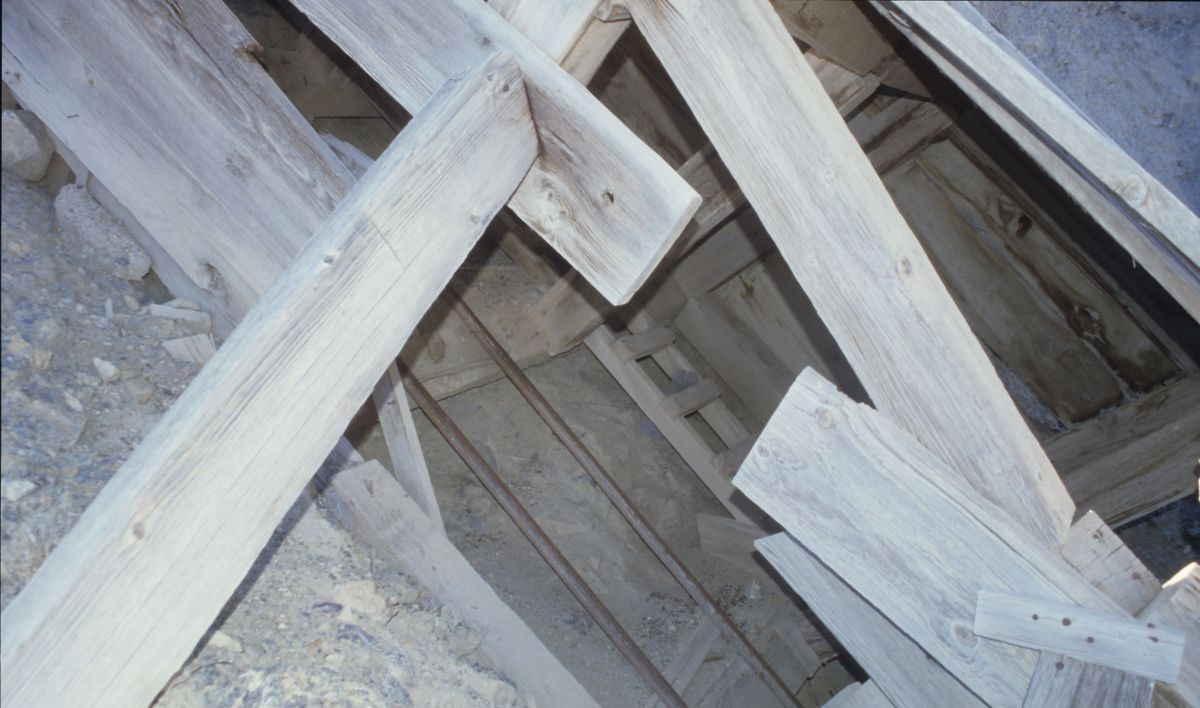About
In the 1920s, the Juniper Mine, or Nevada Quicksilver Mine, was one of the top producers of mercury in the United States, and certainly had the most spectacular setting.
Quicksilver is the traditional name for mercury, and the word is still commonly used in industry. Through the first part of the 20th century, the Antelope Springs Mining District in the southern Humboldt Range east of Lovelock, Nevada was noted for its production of what was considered at the time a precious metal: mercury. Even as late as the 1980s, there were earnest predictions that mercury shortages might occur by the end of the 20th century.
Production waxed and waned with mercury prices over the years, only finally shutting down around 1970. This occurred around the time mercury was transitioning from "valuable strategic metal" to "horrendous environmental toxin."
For decades, Nevada Quicksilver's tall headframe loomed high in the foothills, at an elevation of 5,200 feet (1,585 meters). The headframe collapsed over the winter of 2018-19, though other structures from the old mine remain.
Related Tags
Know Before You Go
From Interstate 80 just north of Lovelock take exit 112 (Nevada State Route 396), which should be signed for "Coal Canyon." Follow NV 396 east 13 miles to an intersection where a paved road comes in from the left. This is the continuation of NV 396; turn left here and go two miles. Then turn left on a dirt road. High clearance will be necessary from this point and 4wd desirable as the road is seriously washed out in places. Follow this road up a drainage about 1.3 miles; the mine will become obvious on the left when the road tops out.
As in any old mining area, extreme caution should be exercised in the vicinity, particularly with children and pets. Excavations are not always marked, and if fenced off the fencing is often inadequate. Commonly collapse has also occurred around the excavations. Also do not enter any old workings or structures. Considering the commodity that was being mined, use particular caution in collecting any rock specimens. Finally, many of the mines remain privately owned. Please respect any No Trespassing signs.
Community Contributors
Added By
Published
June 2, 2022




















































